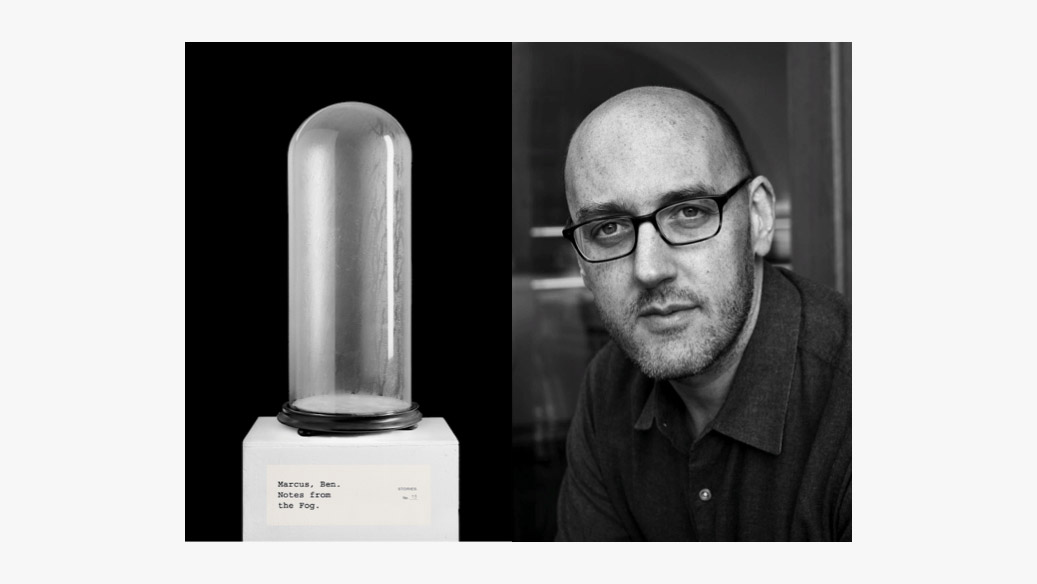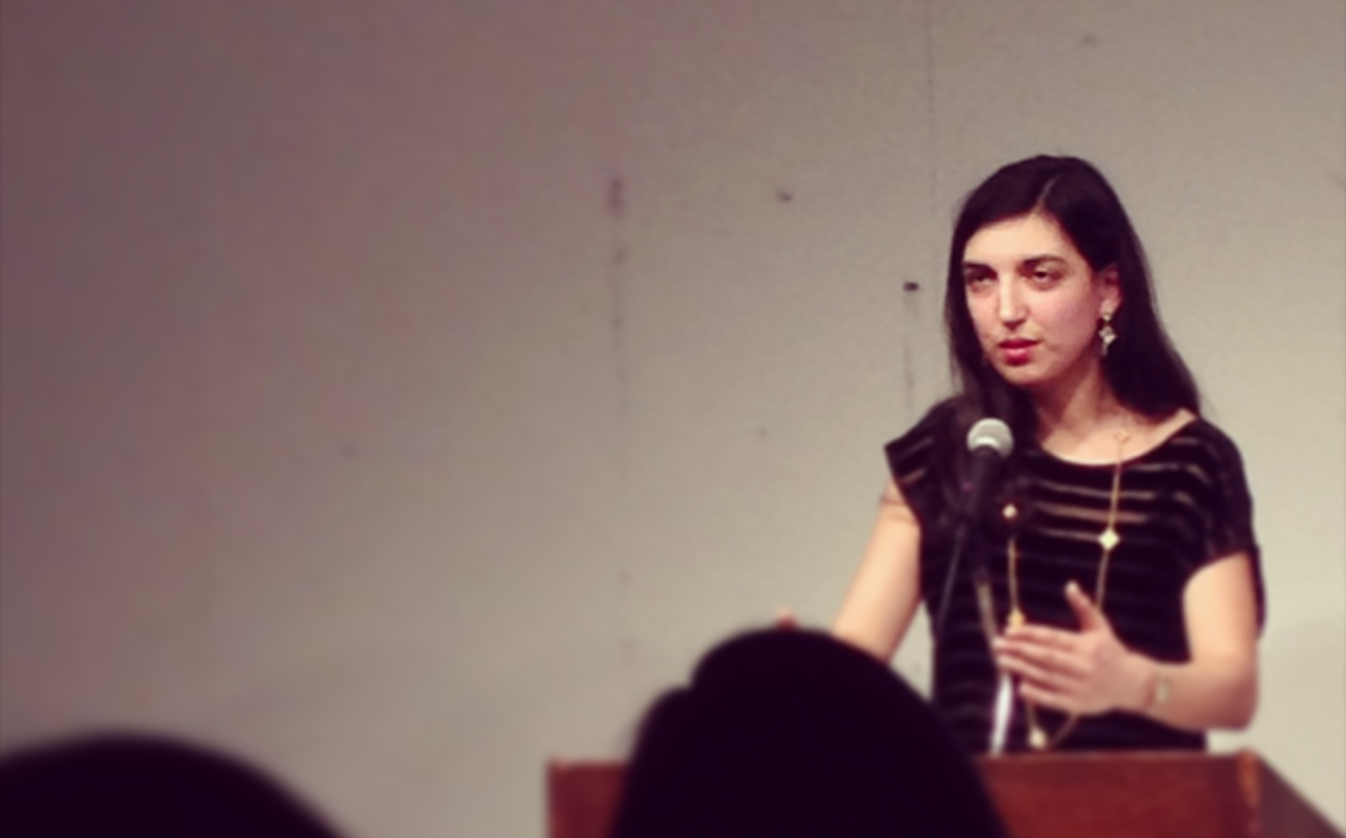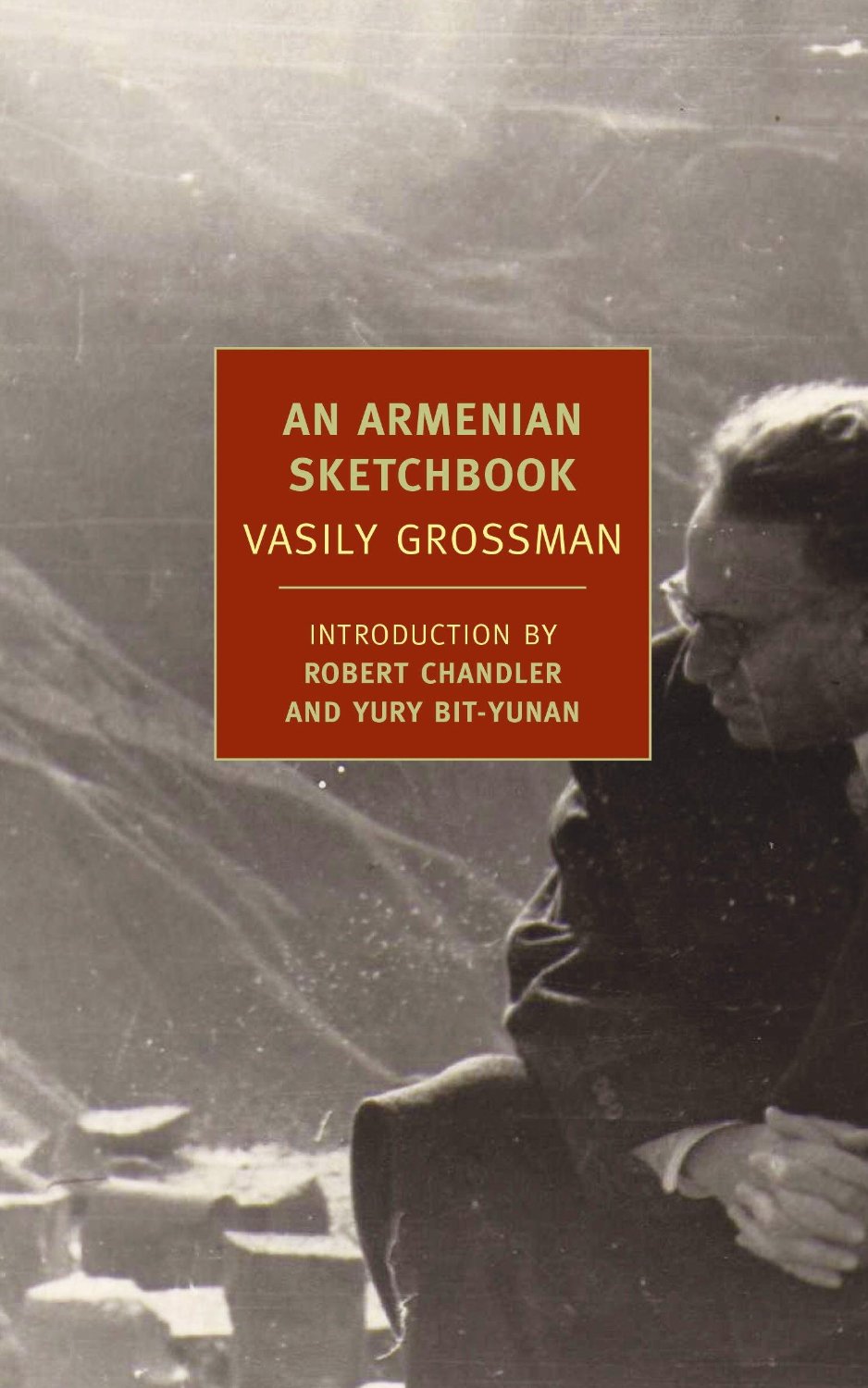In this interview, MFA candidate Katie Shepherd talks to Valeria Luiselli about her new novel, Lost Children Archive. Valeria Luiselli was born in Mexico City and grew up in South Korea, South Africa, and India. An acclaimed writer of both fiction and nonfiction, she is the author of the essay collection Sidewalks; the novels Faces in the Crowd and The Story of My Teeth; and, most recently, Tell Me How It Ends: An Essay in Forty Questions. She is the winner of two Los Angeles Times Book Prizes and an American Book Award, and has twice been nominated for the National Book Critics Circle Award and the Kirkus Prize. She has been a National Book Foundation “5 Under 35” honoree and the recipient of a Bearing Witness Fellowship from the Art for Justice Fund. Her work has appeared in The New York Times, Granta, and McSweeney’s, among other publications, and has been translated into more than twenty languages. She lives in New York City.
So much of this book is about modes of listening—the ways in which listening or hearing allows for stories to avoid getting lost. What is it about listening as a way to capture a world, while also drawing attention to how even within listening there’s a losing or a loss, that interests you?
I think in a wider sense the novel is about modes of documenting in general and the relationship between documenting, putting together an archive in a very personal sense, and then telling a story with that or being able to build a narrative about the world through that documentation. Sound then comes as a way in, which I think we document with a different kind of relationship to time, with a different patience that we often lose in the everyday quickness and instantaneous of everything.
I don’t know if this is neurologically true or not, but I have the sense that sound also kind of reaches deeper into us, even just physiologically and neurologically, sound actually comes into our bodies. Sound waves hit the inside of our ears and then create meaning, much more so than the way that image could come into us. It feels like image is something more outside. As I said, it’s not a very scientific explanation, but there’s an interiority with sound that I wanted to explore. I was interested in the way that listening makes time slow down and kind of threads it together as well.
I am wondering if you can speak to how the use of documentation and artifacts allows tangibles to express intangible states. I think a lot about the mother specifically, her feelings of disconnectedness within the relationship with her partner and then the elegies that she’s reading aloud or even the lists that are in place and how they are able to express something that the narrators are not yet able to even articulate for themselves.
Well that’s exactly it. I think you’re saying it very eloquently. This book is a lot about the way that documenting is also a mediation between us and reality or the world or others, and I don’t say that at all with a negative connotation—a mediation that often also allows us to come closer to things that either are difficult and complex to understand or painful to look at directly. So, documenting then is also a way of composing or recomposing something. And what the mother is constantly doing in this novel. She is looking for different avenues or ways to tell a story that is, or at least two different stories that are, very difficult to look at and to tell without the other threads of fiction or storytelling.
You also have a moment when you write about the concerns of telling other people’s stories. Can you speak to your experience of carrying other people’s stories and how they can conflate or diverge from your own, and emotions or reactions that come up around that?
Yeah, that’s a concern that definitely everyone that writes or tells stories, not necessarily through writing, has or should have. The ethical question should always be present when beginning to tell a story. Each book, especially these last two books, has required of me a very powerful meditation on where I’m speaking from and what I can say from there. What one of my thoughts on the matter has been, especially when I write nonfiction on matters related to immigration and the refugee crisis here, is that I have to be very transparent with the place from which I am narrating, as a member of the Hispanic community here but also as a member of a literary community that has a platform unlike most of the Hispanic community here. Also, as a woman who had the privileges of getting a good education. We belong to an intersection of communities, right, all of us, and understanding exactly where you stand and being transparent with where you stand—I think, at least for me, has been the most ethical way to approach the nature of my more political work.
This particular book is focused on traveling throughout the United States, with movement from state to state, delving into the ways in which each state has its own way of being. I am wondering, what was the intention of moving through the U.S. while also exploring the refugee crisis or the immigration crisis at the same time?
I have several different thoughts on the matter. I have traveled by road quite a lot through the U.S. and also in general. It’s a country that I know pretty well. I’ve gone through many, many different states. This last year, for example, I traveled throughout the U.S. talking about immigration from many different spaces, from community outreach venues in Ohio to colleges in small towns in Kentucky. One thing that this book does is that it takes some same routes as maybe the more traditional road novel, the ultimately American genre, would take, but it’s also a kind of subversion of that genre. It kind of subverts the idea of the foundational myth of this country, which is the idea that this country was discovered or built from east to west in the expansion from east to west and intersects that idea with the more north to south presence, movement, or whatever you want to call it, of the Hispanic community. I mean it does that geographically in the novel, with the two stories that intersect in Arizona. But also, it does so from a literary tradition perspective, where the typical American road trip is intersected by what, perhaps, pertains more to the Latin American form of documenting the literary journey; which has to do either with ascending or other Latin American novels and the idea of journey as a return to an underworld but also a kind of dissension into one’s self. I’m thinking of Journey to the End of Night. So it’s about journeying but subverting the form that journeying has taken in literary tradition, in Anglo-Saxon American tradition.
You remember that early on in the novel, this idea kind of planted, when the ants appear in the family’s apartment? That comes from García Márquez’s One Hundred Years of Solitude where the end of something, the end of things, the end of a family, the end of a moment is always kind of heralded by the appearance of ants. The narrator is remembering that. I think she doesn’t quote. I purposefully don’t quote García Márquez because that’s like hanging myself. I would be interpreted as magic realism the rest of the novel. Then the husband and the kids talk about how that is actually a signal of journeying to the underworld to be safer. And then the family sets off with this kind of trope.
I think a lot about the youngest child in this book and how things came up in conversation, and then the children would then reflect them back to the parents differently, or somehow realized differently, and how that is a way in which plot moves forward. How do you go about thinking about the ways in which planting these kinds of stories within story then moves plot forward?
I’m pretty uninterested in plot, but of course, to a degree, a novel has to have some kind of plot, or some novels do. Not all of them have to have much plot. When I say I’m uninterested, what I mean is that it’s never plot that drives me. The plot is at the service of the things that I’m exploring. I have this image in my head of storytelling as threading stories together. So, in order to thread the story together you go back and forth between people’s versions, people’s own threads. That creates a knitting together and fiction is fabrication. It’s fabric. It’s something that is put together into a tapestry through different voices or gazes or versions of the whole. This tapestry is composed through all these different threads—from the ones that the kids provide in return to what the parents say and how that modifies the views that the parents have that echoes back to the kids but how an audiobook intervenes in that conversation and is also threaded into that and so on.
I was struck by the ways in which stories that are shared with the children have to be adjusted or shifted to their reaction, and how displacement or the refugee experience might also shape or inform the childhood experience. Was that something that was intentionally at play?
I purposefully did not compare experiences of childhood, knowing that there are so many experiences of childhood. There’s a moment in the novel where one of the girls, the two kids that have parted from their parents and have gotten lost, when they meet these girls, or so the boy says, inside this abandoned train car. They start talking and she asks him why they’re there, why they’re lost, and he explains and she kind of mocks him for the naïve and daft decision that he’s made, the stupid decision that he’s made to lose himself when he had no need to. There is, of course, a moment in this when these two completely different experiences of childhood see each other in the eye and there has to be a reckoning.
But other than that, that very important moment, by the way, what I was fundamentally interested in was the thinking in the different ways children make sense of a very confusing and horrific world around them and how that occurs through stories and through storytelling. That’s the only thing that can be given to them to deal with what they’re going to step into and that they’re already inside of.
What’s your experience working with translation?
My experience of translation into English is actually a pretty rich one because it’s a language I’ve grown up reading and writing all my life basically, since I learned how to read and write, so I am able to form part of that process in a deep way. What is now going to be a first-time experience is being translated into Spanish. I re-wrote Tell Me How It Ends in Spanish myself, the book that I also wrote in English and then translated myself into Spanish, but I’m not going to translate this novel into Spanish. So, I’m not sure what the experience is going to be there. In fact, I just received the version in Spanish and have yet to start working on it, but I don’t know what it’s going to be like. I don’t know if I have to decide to let it go or if I’m going to end up getting involved with the material and re-write a lot. It’s kind of a first for me. I have no idea where it’s going to take me.
For a while, I had the very naïve idea that I was going to write this novel simultaneously in both languages, and that didn’t work out of course. I wrote some passages in the novel, playing on different methods of composing, so like a few sentences in one, then re-wrote them in the other, and then extend those together and then back to English and then back to Spanish. To be honest, the result of that was good. I think some of the best passages of the novel are ones that I composed this way because of putting two languages into a certain kind of tension and relationship forces you to be meticulous. There’s just no space for indulgence or bullshit or anything. But you also have to let a novel—a novel can’t be so tight and wrought that it doesn’t breathe. An entire novel written like that might have been unbearably overwrought.




